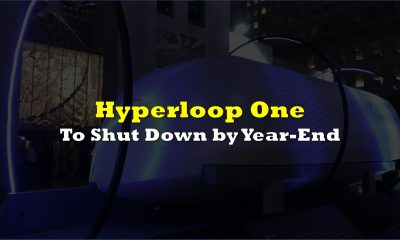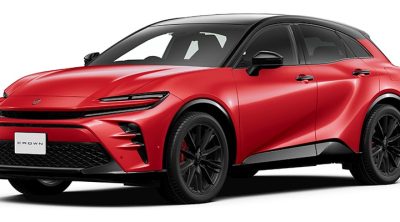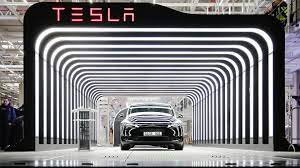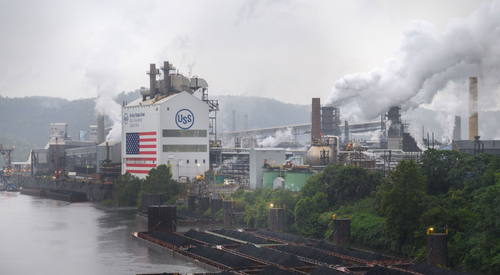Base Metals
Study finds Tiamat Na-ion battery well-suited for high-power energy storage applications
Tiamat was founded in 2017 to continue the development and production of Na-ion cell chemistry originally developed by the French research network for…
Tiamat was founded in 2017 to continue the development and production of Na-ion cell chemistry originally developed by the French research network for electrochemical energy storage (RS2E, Réseau sur le stockage électrochimique de l’énergie) in 2015.
The RS2E/Tiamat chemistry is based on a fluorophosphate Na3V2(PO4)2F3 (NVPF) cathode and hard carbon (HC) anode. Tiamat has introduced high-power cells in both cylindrical and prismatic cell formats.
Similar to other Na-ion cells, an aluminum current collector is used to replace copper foil at the negative electrode, which contributes to a reduced cell material cost. On the pack level, Tiamat has partnered with Plastic Omnium and Startec group to integrate Na-ion cells into modules and packs.
Now, a study by a team from Tiamat and ABB Switzerland has provided an experimental characterization of the commercial Na-ion battery cell developed by Tiamat. Both safety and performance evaluations were performed to offer a full perspective of NVPF/HC-based Na-ion technology and its competitiveness for power applications. The paper is published in the Journal of Power Sources.
The study uses Tiamat Na-ion prototype cells in a cylindrical 18650 cell format (Model NVPF-18650-PP7.1, version 2020). The cell has a weight of ∼34 g and a volume of ∼17 ml. The cell consists of NVPF cathode and HC anode, resulting in a nominal cell voltage of 3.7 V.
The cell has a capacity of 0.61 Ah, a specific energy of 68 Wh/kg, and an energy density of 135 Wh/L at 1C. The cycle life shows 1600 cycles at 5C charge and 5C discharge. More recent cell generations show improved cycle stability; the latest version cell achieves a cycle life of 3200 cycles at 2C charge and 5C discharge.
The cell showed excellent power rate capabilities up to 20C discharge and 10C charge. More than 90% of capacity and >80% of energy (compared to 1C) can still be accessed at 20C discharge.
Safety tests with different abuse conditions (overcharge, external heating, short circuit, and nail penetration) were performed. For all these abuse conditions, the specific cell version showed no thermal runaway.
Thus, the NVPF/HC-based Na-ion technology seems to develop towards a well-suited candidate for high-power energy storage applications.
—He et al.
Resources
-
Minglong He, Asmae EL. Mejdoubi, Daniel Chartouni, Mathieu Morcrette, Pirmin Troendle, Roberto Castiglioni (2023) “High power NVPF/HC-based sodium-ion batteries,” Journal of Power Sources, Volume 588, doi: 10.1016/j.jpowsour.2023.233741.

White House Prepares For “Serious Scrutiny” Of Nippon-US Steel Deal
White House Prepares For "Serious Scrutiny" Of Nippon-US Steel Deal
National Economic Adviser Lael Brainard published a statement Thursday…
How to Apply for FAFSA
Students and families will see a redesigned FAFSA this year. Here’s how to fill it out.
Dolly Varden consolidates Big Bulk copper-gold porphyry by acquiring southern-portion claims – Richard Mills
2023.12.22
Dolly Varden Silver’s (TSXV:DV, OTCQX:DOLLF) stock price shot up 16 cents for a gain of 20% Thursday, after announcing a consolidation of…
















